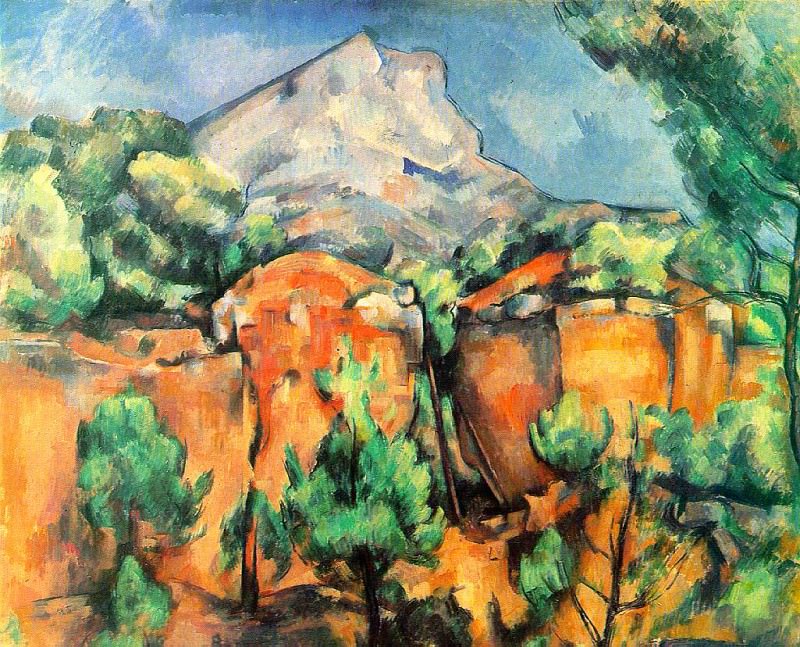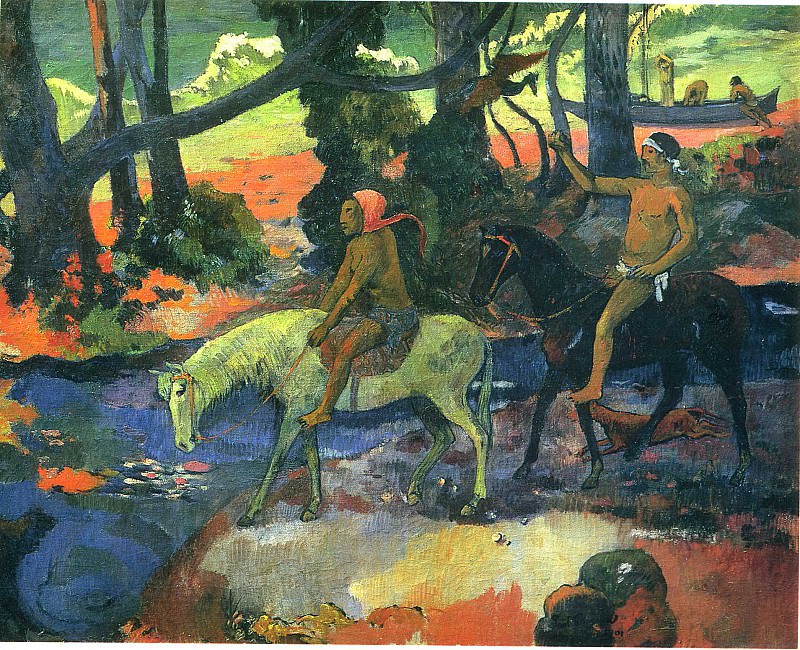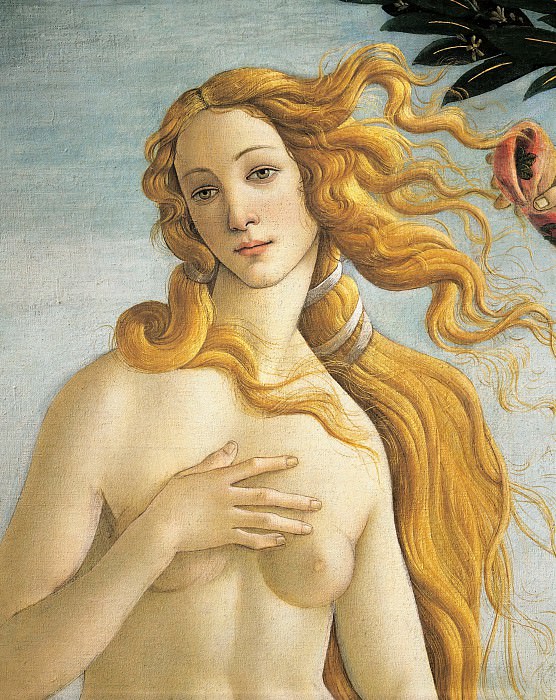Hector Guimard: The Visionary of Art Nouveau
Hector Guimard is an iconic figure in the world of art and architecture, renowned for his pioneering contributions to the Art Nouveau movement. Born on March 10, 1867, in Lyon, France, Guimard's work has left an indelible mark on the aesthetic landscape of the early 20th century. His designs are celebrated for their organic forms, intricate details, and a unique blend of artistry and functionality that continue to captivate audiences to this day.
Early Life and Education
Guimard's journey into the world of art and architecture began at a young age. He studied at the École Nationale Supérieure des Beaux-Arts in Paris, where he was exposed to the classical traditions of architecture. However, it was during his studies that he became increasingly interested in the emerging trends that were challenging the rigid norms of the past. The influence of the Arts and Crafts movement and the Symbolist art movement played a crucial role in shaping his artistic vision.
The Birth of Art Nouveau
Art Nouveau, meaning "New Art," emerged as a reaction against the academic art of the 19th century. It sought to break away from historical styles and embrace a more organic, naturalistic approach. Hector Guimard was one of the movement's most ardent proponents, and he quickly became its leading figure in France.
Guimard's work is characterized by its fluid, curvilinear forms that draw inspiration from nature. He believed that architecture should be a holistic art form, where every element, from the structure itself to the smallest decorative details, was interconnected. This philosophy is evident in his most famous works, where the boundaries between art, architecture, and design are seamlessly blurred.
The Paris Metro Entrances
One of Guimard's most enduring legacies is his design of the entrances for the Paris Métro. Commissioned by the Compagnie du chemin de fer métropolitain de Paris (CMP) in the late 19th century, these entrances were designed to reflect the modernity and innovation of the new subway system. Guimard's designs, with their sinuous lines, ornate ironwork, and stylized lettering, became an instant symbol of Paris and the Art Nouveau movement.
The Métro entrances, often referred to as "édicules," are a perfect example of Guimard's ability to blend functionality with aesthetic beauty. Each entrance is a work of art in its own right, with the design adapting to the specific location and context. The use of wrought iron and glass, materials that were considered innovative at the time, further enhanced the sense of modernity and progress that the Métro represented.
Architectural Masterpieces
Beyond his work on the Métro, Guimard's architectural achievements are numerous and varied. One of his most significant projects is the Castel Béranger, an apartment building in Paris that is often regarded as the first fully realized Art Nouveau building. Completed in 1898, the Castel Béranger was a revolutionary departure from the traditional architectural styles of the time. Its undulating façade, ornate ironwork, and intricate decorative details showcased Guimard's commitment to creating buildings that were not only functional but also works of art.
The Castel Béranger garnered widespread acclaim and established Guimard as a leading architect of his generation. The building's success led to numerous commissions, allowing him to further explore and develop his unique style. Another notable example is the Hôtel Guimard, his own residence in Paris, which serves as a testament to his artistic vision. The building is a harmonious blend of architectural innovation and personal expression, reflecting Guimard's belief that architecture should be an extension of the individual's personality.
The Organic Aesthetic
Central to Guimard's work was his belief in the organic nature of design. He sought to create buildings and objects that seemed to grow naturally from their surroundings. This is evident in the fluid, plant-like forms that dominate his designs. Guimard was deeply influenced by the natural world, and he often incorporated botanical motifs into his work. Leaves, flowers, and vines are recurring themes in his architecture, furniture, and decorative arts.
This organic approach extended to his use of materials as well. Guimard was a pioneer in the use of modern materials such as iron, glass, and concrete, which he manipulated to achieve the flowing, organic forms that define his work. His innovative use of these materials not only contributed to the aesthetic qualities of his designs but also to their structural integrity and functionality.
The Legacy of Hector Guimard
Hector Guimard's influence extends far beyond his own time. His work has had a lasting impact on the fields of architecture, design, and decorative arts. The Art Nouveau movement, of which he was a leading figure, set the stage for the modernist movements that would follow in the 20th century. Guimard's emphasis on the integration of art and architecture, as well as his use of new materials and technologies, paved the way for future generations of architects and designers.
Today, Guimard's work is celebrated around the world. His Métro entrances remain iconic symbols of Paris, and his buildings continue to inspire admiration for their beauty and innovation. Museums and galleries frequently showcase his work, highlighting his contributions to the development of modern architecture and design.
The Revival of Interest
In recent years, there has been a renewed interest in Hector Guimard's work, driven by a broader appreciation for Art Nouveau and its contributions to modern design. Scholars, architects, and art enthusiasts have rediscovered Guimard's work, leading to a reevaluation of his place in the history of art and architecture.
Exhibitions dedicated to Guimard have been held in major museums, where his drawings, furniture, and architectural models are displayed alongside those of his contemporaries. These exhibitions have highlighted the breadth of his work and the innovative spirit that drove him to constantly push the boundaries of design.
This revival has also led to efforts to preserve and restore Guimard's buildings, many of which had fallen into disrepair over the years. Preservationists have worked to protect these important pieces of architectural heritage, ensuring that future generations can continue to appreciate Guimard's contributions to the world of art and architecture.
Conclusion
Hector Guimard was a visionary artist and architect whose work has left an indelible mark on the world of design. His contributions to the Art Nouveau movement helped to shape the aesthetic landscape of the early 20th century, and his legacy continues to influence architects and designers today. Through his innovative use of materials, organic forms, and integration of art and architecture, Guimard created a body of work that remains as relevant and inspiring today as it was over a century ago.
His designs, from the iconic Paris Métro entrances to the architectural masterpieces like the Castel Béranger, are celebrated not only for their beauty but also for their profound impact on the development of modern architecture. As interest in his work continues to grow, Hector Guimard's place in the pantheon of great architects and designers is assured, and his vision of a world where art and architecture are inextricably linked remains a guiding light for future generations.




